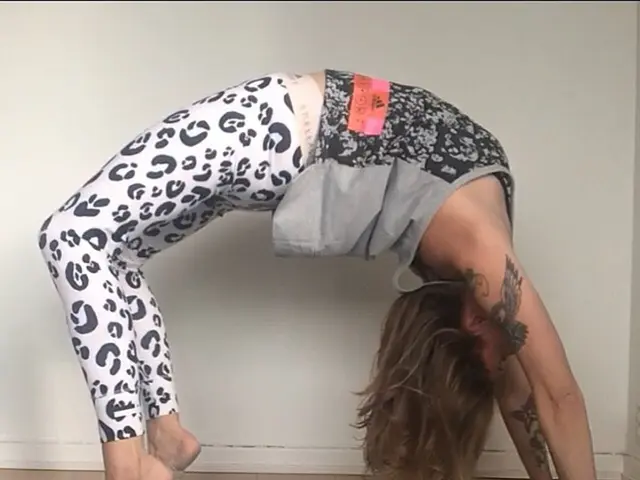Monitoring Blood Pressure: Timing Matters
In the quest to maintain optimal cardiovascular health, regular home blood pressure monitoring has become an essential practice for many individuals. Here's why and who should consider this practice.
High blood pressure, or hypertension, is a condition characterised by elevated blood pressure, with the unit of measurement being millimeters of mercury (mmHg). Healthcare professionals consider a person to have normal blood pressure if their readings are below 120 mmHg systolic and 80 mmHg diastolic.
The Centers for Disease Control and Prevention (CDC) highlights that a large portion of people living with high blood pressure are unaware of their condition, as it often does not cause any symptoms or warning signs. This underscores the importance of regular monitoring.
For those diagnosed with hypertension, regular home monitoring can help healthcare professionals determine if treatments are effective. Similarly, people starting or changing blood pressure treatments should monitor their blood pressure to confirm if the new regimen is working.
Individuals who require closer monitoring due to risk factors for high blood pressure or related conditions, such as chronic kidney disease or resistant hypertension, should also consider regular home monitoring. This is also applicable to older adults, especially those who are frail or have decreased ability to manage daily activities, as home monitoring supports tighter blood pressure control tailored to their needs.
People with risk factors for hypertension, such as being overweight, a sedentary lifestyle, excessive alcohol or caffeine intake, smoking, stress, advanced age, or family history of hypertension, should also consider regular home monitoring.
To check blood pressure at home, a person will need a blood pressure machine, which can be purchased at a local pharmacy or online. The American Heart Association recommends using an automatic, upper arm cuff-style monitor, not wrist or finger devices, for accuracy. The monitor should be validated and fit correctly.
The Centers for Disease Control and Prevention provides recommendations for taking blood pressure measurements at home, including sitting with the arm elevated, emptying the bladder before the check, waiting after eating or drinking, making sure the cuff is snug but not too tight, not talking during the reading, and making the checks at the same times every day. During each check, a person should measure their blood pressure two times with a minute break between each reading.
In the United Kingdom, the National Health Service (NHS) recommends that everyone over the age of 40 should check their blood pressure at least once every 5 years. Most blood pressure machines have an obvious start button that the person can press once the cuff is in the correct position.
Regular home blood pressure checks can detect changes sooner, confirm diagnoses, and support better blood pressure control to prevent complications like heart disease, stroke, kidney disease, and vascular dementia. By staying vigilant and proactive, individuals can take significant steps towards maintaining their cardiovascular health.
- For individuals with hypertension, regularly monitoring their blood pressure at home can help healthcare professionals assess if their treatment is effective.
- Older adults, especially those who are frail or have decreased ability to manage daily activities, should consider regular home blood pressure monitoring to support tighter control of their blood pressure.
- People with risk factors for hypertension, such as being overweight, smoking, or having a family history of hypertension, should also consider regular home blood pressure monitoring to detect changes early and prevent complications related to high blood pressure and chronic diseases.




